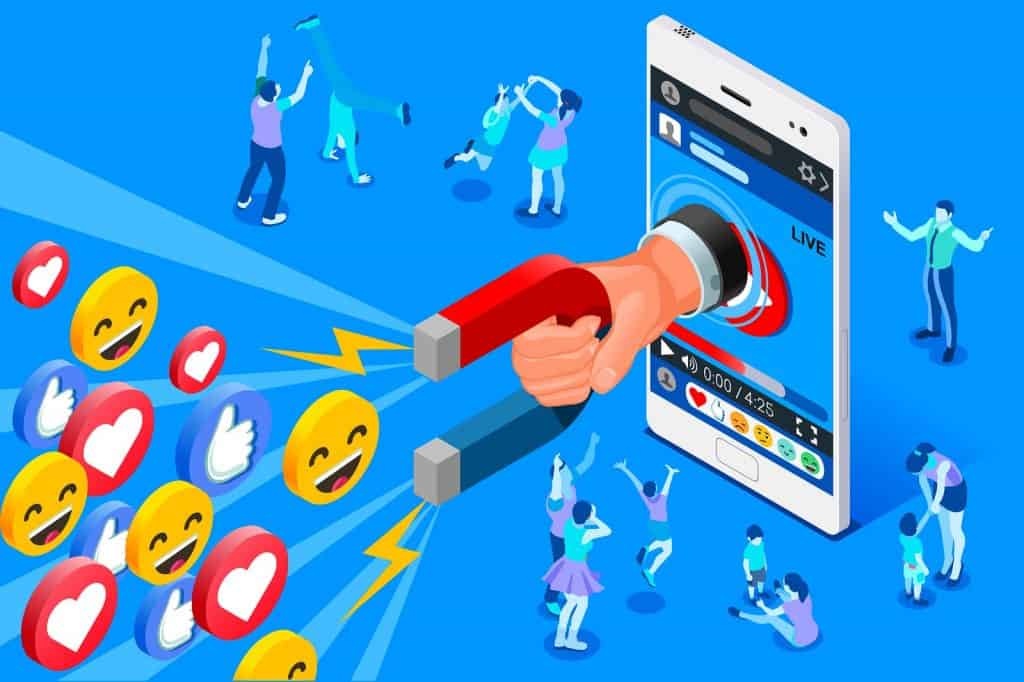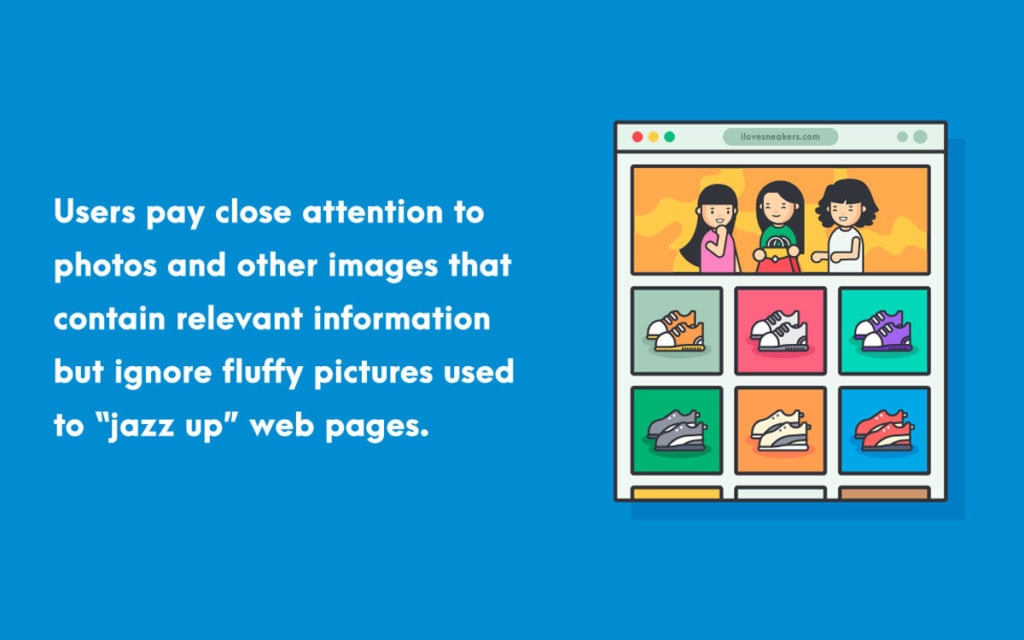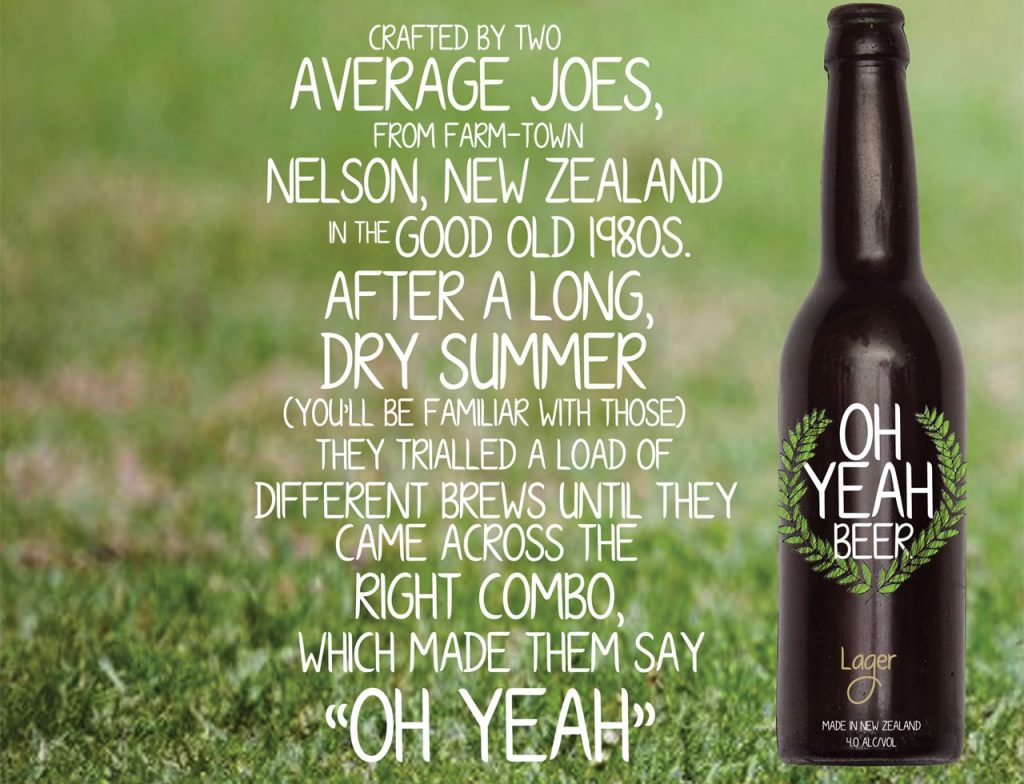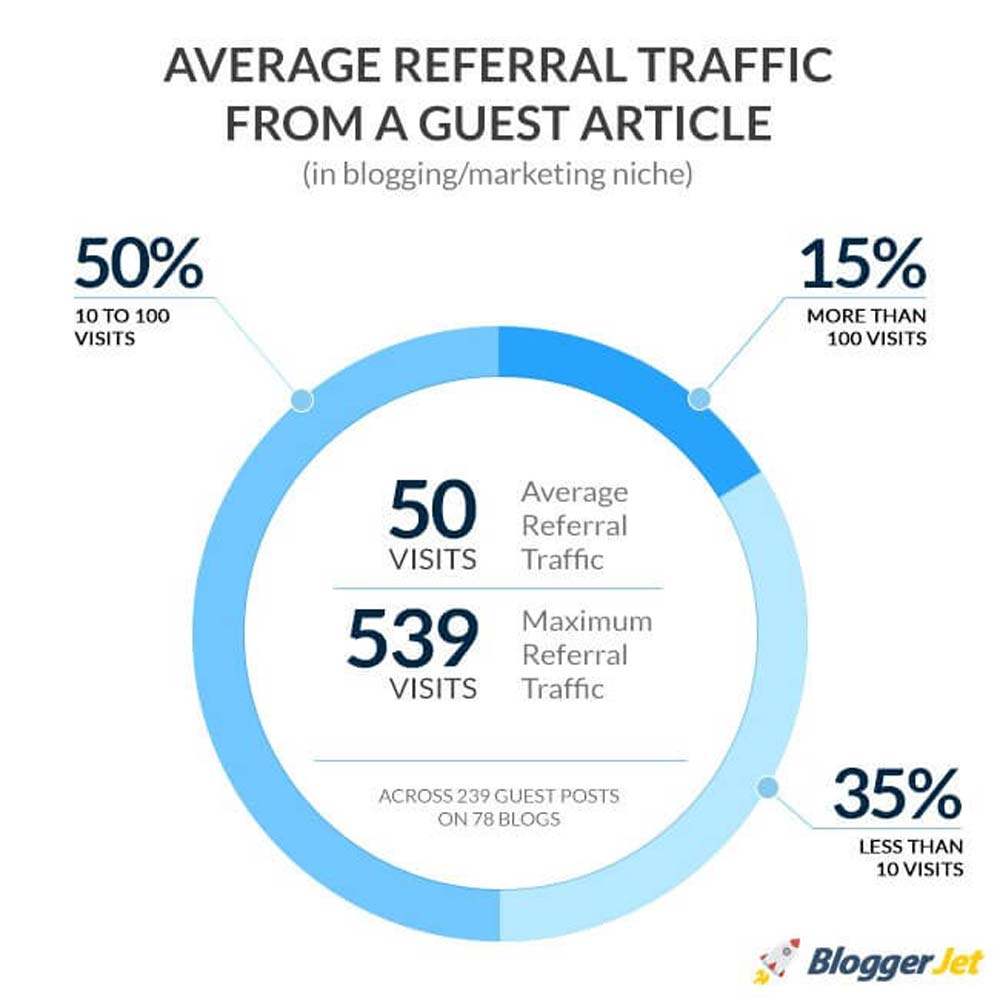21 Content Marketing Tips for Smashing Success
Hey there, content creators! Do you need help with your content marketing efforts? Don't worry, we've all been there. But today, we'll shake things up and give you a hefty dose of inspiration with 21 tried-and-true content marketing tips to take your game to the next level. Get ready to supercharge your strategy and watch your engagement soar!
Table of Contents
1. Know Your Audience Inside Out

What is the first and most important tip for killer content marketing? Know your audience like the back of your hand.
You need to understand precisely your target customers' demographics, interests, pain points, buying habits, frequent social media channels, and even their language and slang.
Dig deep into creating detailed buyer personas. The more intimately you grasp your audience, the better you can produce content that hits the bullseye.
2. Set Clear, Measurable Goals
What exactly do you want to achieve with your content marketing efforts? More website traffic? Higher engagement? Increased leads and sales? Lower customer churn?
Define your goals and KPIs right from the start. You must measure results to know if your content strategy is working or needs adjustments.
3. Develop a Documented Content Strategy
An ad hoc approach won't cut it. You need a documented content marketing strategy that lays out the following:
- Target audience & buyer personas
- Content marketing goals & KPIs
- Content types & formats
- Content distribution & promotion
- Roles & responsibilities
- Tools & processes
- Editorial calendar
- Budget allocation
Revisit and update the strategy regularly based on results and changing business needs.
4. Map Content to the Buyer's Journey
Not all content is created equal. That's why you need to map different content types to the various stages of the buyer's journey:
- Awareness Stage: Blog posts, infographics, videos, social media posts to attract new audience
- Consideration Stage: Whitepapers, ebooks, webinars to nurture leads
- Decision Stage: Case studies, free trials/demos, comparison guides to drive conversions
Consider where your prospects are in the funnel and provide relevant content.
5. Produce High-Quality, Valuable Content
“Content is king” is an often-repeated mantra in marketing. But let's be clear: low-quality, me-too content is worthless.
To stand out, you must consistently produce unique, high-quality content that provides real value to your audience. This could be through:
- Originality and distinctiveness
- Depth and comprehensiveness
- Reliability and expertise
- Actionability and usefulness
- Personality and engagement
Generic rehashed content is just noise. Focus on quality over quantity.
6. Embrace Visual Content

Text-based content alone won't cut it anymore. Visual content like images, graphics, charts, videos, live streams, and AR/VR experiences are rapidly gaining traction.
Why? Our brains process visuals 60,000 times faster than text. Visuals make content more memorable, engaging, and shareable.
Invest in developing visual assets and learn to repurpose content into multiple formats to maximise reach.
7. Craft Captivating Headlines & Titles
Whether it's a headline, blog post title, or video caption – your content titles are make or break. They determine whether people stop to read/watch or just keep scrolling.
Spend extra time crafting compelling, curiosity-inducing, benefit-driven, and click-worthy titles. Use emotional trigger words, numbers, questions, unique rationale, and promise something irresistible.
And optimise titles for keywords that your audience uses in high search volume.
8. Optimise Content for Search & User Intent
Search engines and users are getting more competent at understanding the intent behind queries. So, your content must match that intent to appear in search results.
Beyond just keywords, optimise content for common search queries, user questions, featured snippets, semantic search, and voice search. Use tools to research how real people ask about topics.
Think beyond just Google—optimise content for other major search engines like YouTube, Amazon, app stores, etc.
9. Tell Captivating Stories

In an era of decreasing attention spans, great storytelling is a superpower. It grabs the audience's interest and makes content more memorable and shareable.
Weave human stories, anecdotes, case studies and relatable experiences into your content. Leverage narrative techniques like a clear structure, suspense, conflict, and resolution.
And don't just state dry facts – use descriptive language, imagery, analogies, and emotions to captivate readers.
10. Make Content Scannable & Easily Digestible
With the sheer volume of information, people rarely read content word-for-word. They tend to scan and skim through content quickly.
Structure your content to be scannable and easily digestible:
- Use clear headings and subheadings
- Keep paragraphs short and punchy
- Use bullet points and numbered lists
- Include relevant visuals, charts, and infographics
- Highlight essential points using bold & italics
- Leverage whitespace liberally
This makes complex information feel simpler and guides readers through content smoothly.
11. Build In Engagement & Interaction
Don't just publish content and hope for the best—design engagement into your content.
Ask questions, solicit opinions, embed polls/quizzes/surveys, encourage comments, and urge readers to share on social media. The more interactive and participative content is, the more engaging it becomes.
You can embed calculators, assessment tools, configurators and other experiences to encourage deeper user immersion.
12. Focus on Evergreen Content
While trendy and new content has its place, your content strategy must emphasise evergreen content that stays relevant and continues attracting audiences over the years.
Examples of evergreen content include how-to guides, explainers, definitions, thought-leadership pieces, listicles, statistical compilations, glossaries, interviews with industry experts and more.
Evergreen content has a much longer shelf life, ranks better in search, and drives compounding traffic and leads over time.
13. Repurpose Content into Multiple Formats
To extract maximum mileage from your content, systematically repurpose it into multiple formats and channels.
For example, a blog post could be repurposed into:
- Infographic
- Video
- Series of social media posts
- Podcast Episode
- Presentation slides
- Email newsletter
- And more
This allows you to reach different audience segments across platforms, drastically increasing your content's reach and ROI.
14. Intelligently Repromote Top-Performing Content
Don't just promote content once and forget about it. Systematically re-promote high-performing “greatest hits” over time.
Use analytics to identify your most popular, high-traffic content assets that resonate with the audience. Then, regularly re-promote those through email, social media, PPC, influencer outreach, etc.
You're amplifying your best-performing content through repeated bursts to maximise its reach and longevity.
15. Leverage Guest Posting & Contributed Content

While consistently creating content on your channels is crucial, don't ignore the massive benefits of guest posting and contributing content.
Contributing an article to a high-authority site exposes your expertise to a broader audience. And having your work featured by an influential site or publication boosts your credibility.
Additionally, guest posts often include backlinks to your website, which aids SEO and referral traffic.
16. Partner with Influencers & Thought Leaders
Identify relevant influencers, industry experts and thought leaders in your space. Collaborate with them to:
- Have them contribute guest posts and content
- Feature them in expert interviews/roundups
- Get them to share your content on their channels
- Co-create content together like webinars, videos, podcasts
Influencer collaborations expose your brand to new audiences, add credibility, and increase social sharing and amplification of your content.
17. Implement an Employee Advocacy Program
Don't just rely on your company's channels for content distribution. Tap into the power of your employees to amplify content reach.
Encourage and enable employees to share company content on their social media channels. This gives your content distribution a significant force-multiplier effect.
Implement tools, guidelines, and incentives to build an engaged employee advocacy program that becomes a strong content marketing engine.
18. Leverage Paid Promotion & Content Amplification
While organic reach through content is crucial, don't ignore the power of boosting content through paid promotion.
Allocate budget towards targeted promotion of top-performing content assets on channels like:
- Paid social media advertising
- Sponsored content placements
- Influencer marketing
- Content discovery platforms
- Search/display ads
- Podcast advertising
Strategic paid promotion accelerates content visibility and efficiently gets it in front of new, high-potential audiences.
19. Analyse. Optimise. Repeat.
Content marketing is not a set-it-and-forget-it game. You need to track metrics diligently and continuously optimise to improve results.
Analyse data to understand which content assets, formats, topics and channels resonate most. Tweak and optimise headlines, messaging, visuals, targeting, and promotion strategies.
This analyse-optimise-repeat cycle helps you iteratively refine your content strategy into a well-oiled machine.
20. Maintain an Agile Approach

While a content strategy provides a roadmap, it never loses the ability to pivot quickly based on changing trends, audience needs, business goals, and data.
Maintain an agile, responsive mindset. Don't get locked into formats, channels, and rhythms that become dated or ineffective.
Sense upcoming changes, test and learn rapidly, and adapt your content approach.
21. Leverage AI and Automation Tools
Lastly, don't try to create, manage, and promote content manually at scale. It's far too labour-intensive and error-prone.
Leverage the latest AI and automation tools to assist with:
- Content Strategy and Ideation
- Content Creation and Production
- Content Optimization for SEO
- Content Promotion and Distribution
- Content Analytics and Reporting
AI and automation won't replace the need for human creativity, strategy, and judgment. But they can drastically streamline and enhance your content marketing workflows.
Key Statistics on Content Marketing:
- 60% of marketers create at least one piece of content per day (Source)
- Content marketing generates 3x as many leads as outbound marketing and costs 62% less (Source)
- 74% of companies indicate content marketing is increasing their marketing teams' workload and lead quality (Source)
- 53% of marketers say blog content creation is their top inbound marketing priority (Source)
- Videos are the #1 form of media used in content strategy, overtaking blogs and infographics (Source)
Conclusion
Content marketing is a powerful, cost-effective way to attract, engage, nurture and delight your target audience. However, it requires strategic planning, consistent, high-quality execution, continuous optimisation, and leveraging the latest tools and tactics.
You can build a world-class content engine by understanding your audience deeply, setting clear goals, producing precious content, optimising distribution, and maintaining an agile, data-driven approach.
A robust content marketing strategy drives inbound traffic, boosts brand awareness, elevates thought leadership, nurtures high-quality leads, and inspires customers to take profitable actions.
In today's hyper-connected world, businesses that make content marketing a core competence will continue gaining a decisive competitive edge. Leveraging online email verification tools can further enhance the effectiveness of your content marketing strategy by ensuring that your messages reach a verified and engaged audience.
FAQs on Content Marketing Tips
How often should I publish new content?
No one-size-fits-all frequency depends on your industry, audience, resources, and goals. Maintaining a consistent publishing rhythm that your audience gets used to is critical. Define a cadence and stick to it, whether daily, weekly, or monthly. Consistently providing fresh content is more important than raw quantity.
How long should the content be?
The ideal content length varies drastically based on the format and user intent. Blog posts are typically 1500-3000 words long. Videos are around 2-5 minutes. Whitepapers and ebooks may be 10-20 pages long. The crucial factor is providing enough depth and comprehensiveness to address the topic while staying scannable and focused. Don't sacrifice quality for arbitrary length metrics.
How do I promote content on a tight budget?
Focus on low/no-cost promotion tactics like organic social media, content repurposing, influencer outreach, and email marketing. Leverage your employees to amplify content on their networks. Guest posts on relevant high-authority sites for backlinks and referral traffic. Optimise content thoroughly for SEO. And identify and re-promote your best-performing “greatest hits” over time.
Should I gate some content behind lead capture forms?
Gating premium, ultra-valuable content behind lead capture forms like comprehensive guides, toolkits, templates, research reports, etc., is a good practice. It enables you to generate more leads and get prospects into your marketing funnel. However, don't gate every piece of content. Maintain a mix of gated and freely accessible content.
Which KPIs should I track for content marketing?
Typical content marketing KPIs include website sessions, unique visitors, bounce rate, average session duration, pages per session, channel-specific metrics (email click-through, social shares, etc.), conversions, lead quality, sales influenced, and content ROI. Define the KPIs aligned to your specific goals and track them rigorously. Use an attribution model to understand the true business impact.
